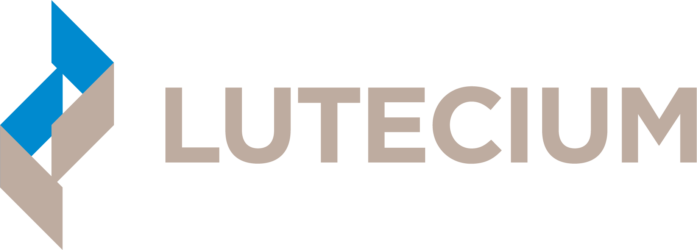Let’s stop being consensual
Let’s be honest the BIM today is far from keeping its promises. This beautiful future of less expensive, less risky projects is compromised by professions that remain rooted in their work habits, with old procedures, despite all the interest they find in working with a digital model. .
But how to get out of these obsolete procedures installed for so long in each discipline? How to get out of this silo and sequential work imposed by contracts and legal codes that prohibit the sharing of information due to liability issues and litigation? How to stop this counterproductive mess of mockups and data?
Arranged marriage or love marriage
The different disciplines have to work with common rules and in a collective way rather than each of them – even against each other. Impose BIM in a context of distrust, it is the assurance of a counterproductive process (overproduction, duplication, confusion, …). The beneficial effects will come when everyone has responded to this famous WIFM : What’s In for Me? And has understood that this gain is not direct but a part of a mutual gain ( delivery on time, for example)
It is about building a culture and common references for a fruitful, sincere and serene collaboration. And it will take time – the same way you have to work for years with the same people to work with them with confidence.
A double revolution must be made: digital and legal
We are in a society of individual rights and BIM asks to insert “common” right to work better collectively. An interesting illustration by the insurance: where in France the “Dommage Ouvrage” is only a buffer common insurance the time to activate individual insurance, UK goes further and experiments the IPI (Integrated Project Insurance) a collective Project Insurance.
More than a digital transition, already well in place in the building sector, it is a legal change of all trades that must operate to work together and share data legitimately in a common project.
a Technology of Trust at the heart of business collaboration
Waiting for this double digital and legal revolution to happen, the implementation of a BIM via an exchange protocol and data sharing tools will not be enough to protect and legitimize the contributions of each on a collective work. It is necessary to find a technological support which makes it easy for everyone to engage and protect themselves: the Blockchain is the best candidate.

